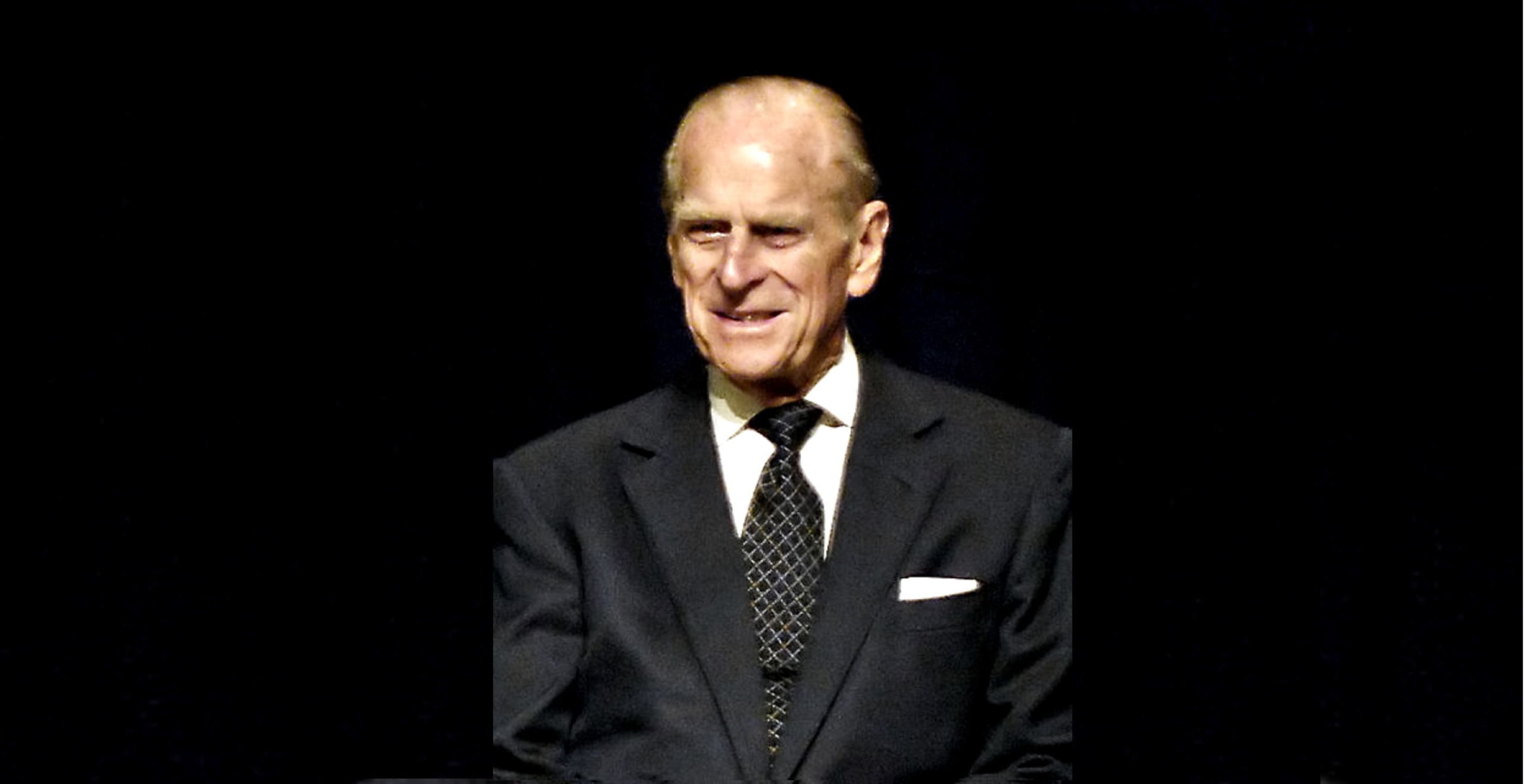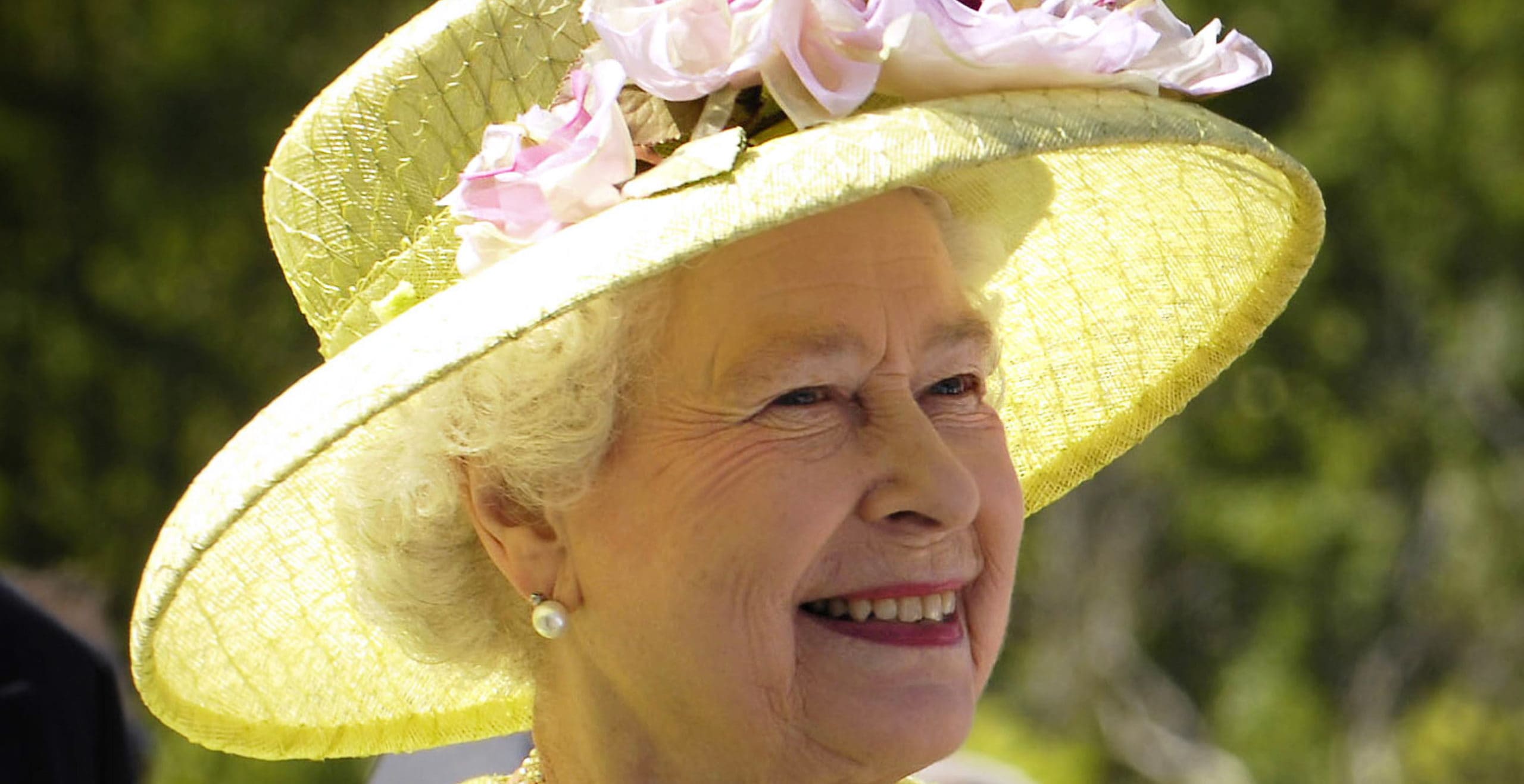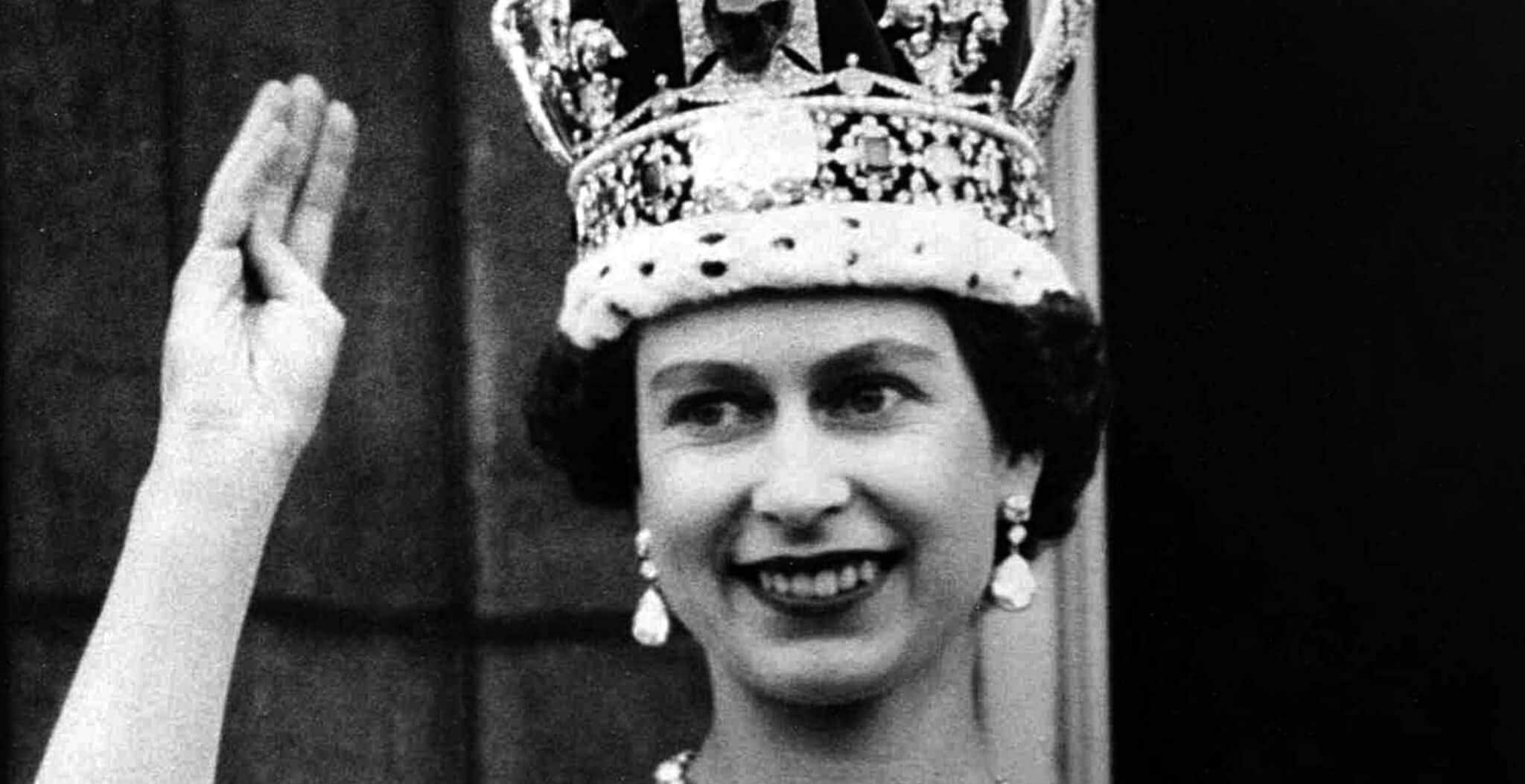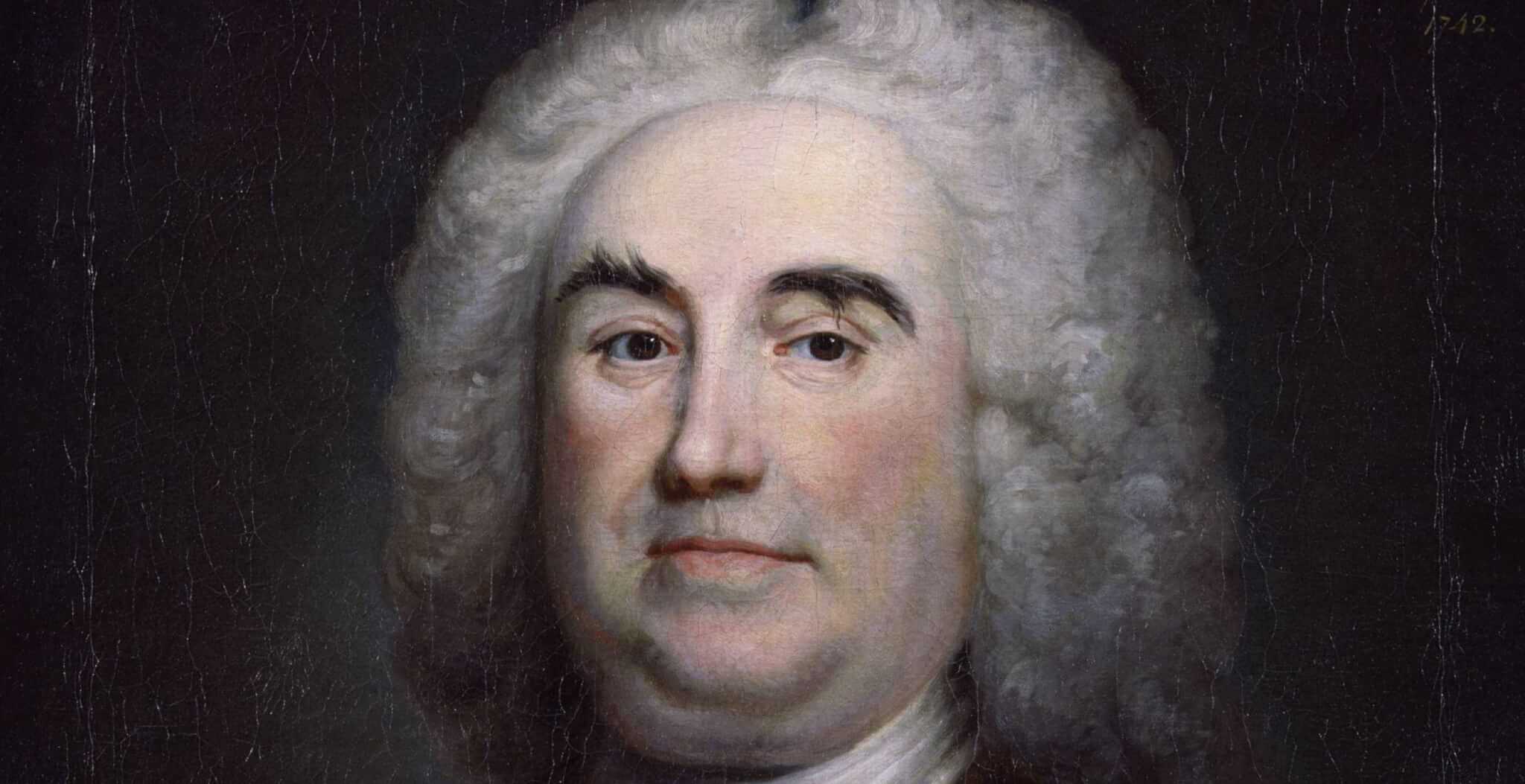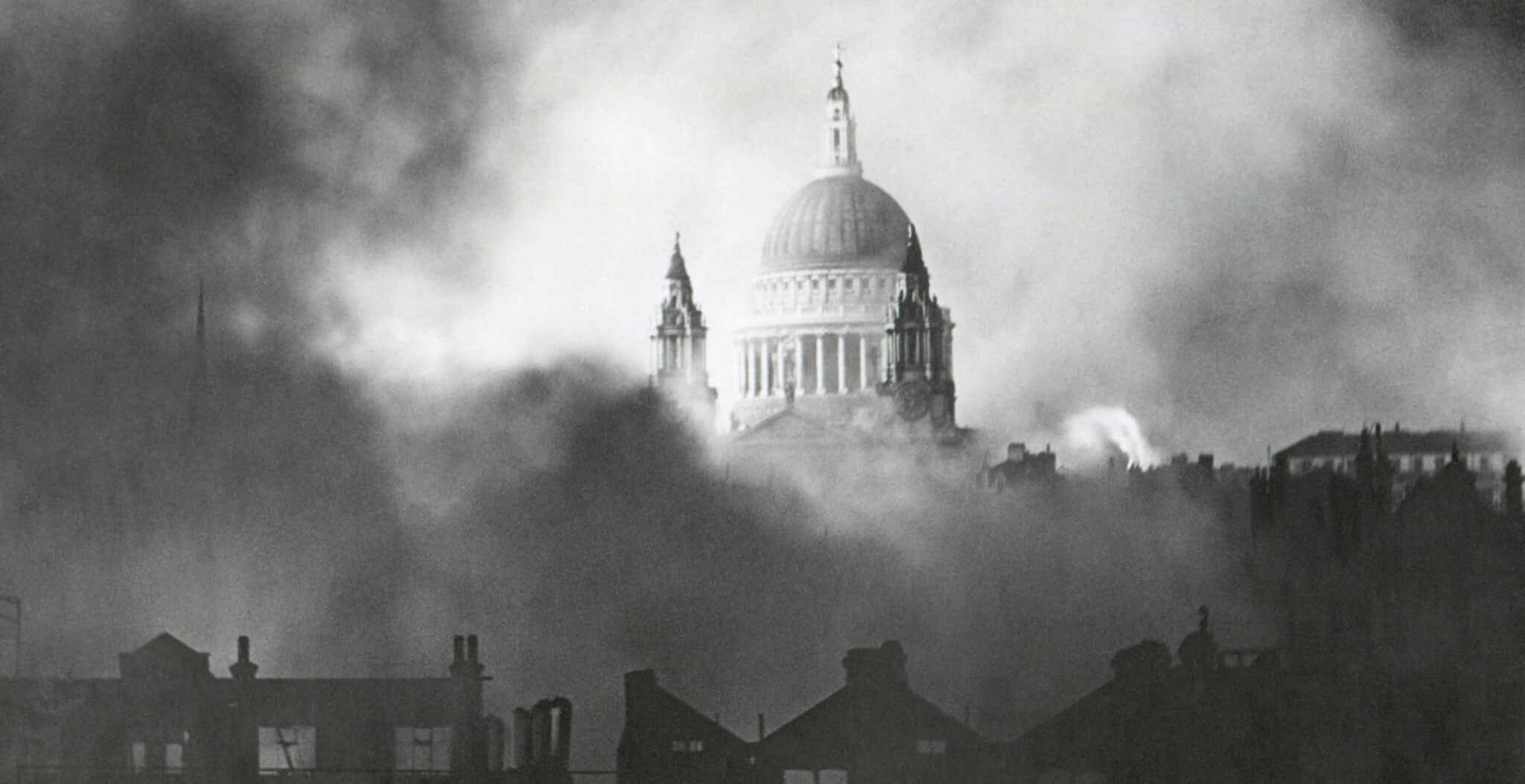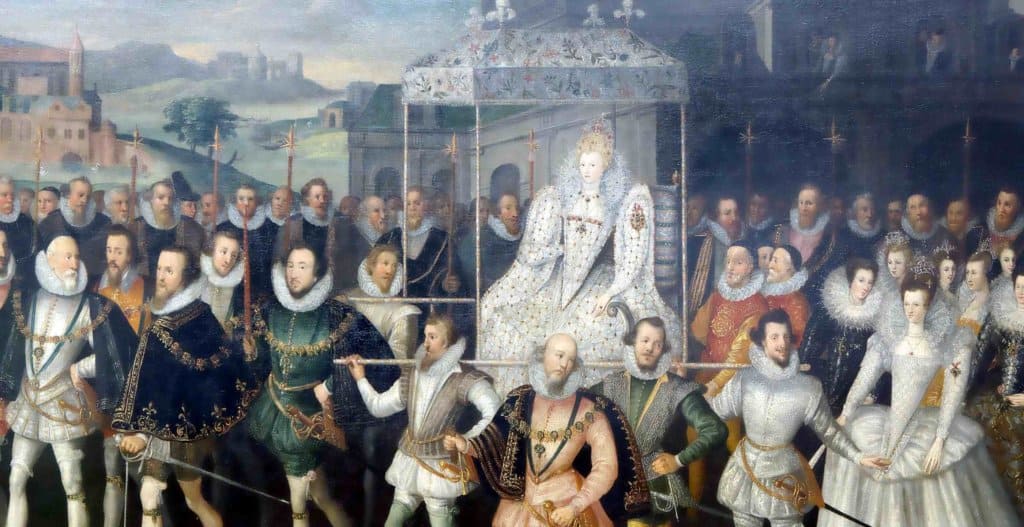His Royal Highness The Prince Philip, Duke of Edinburgh died on 9th April 2021.
The Duke of Edinburgh was famous for his dedication to his wife, family and royal duty and was the longest-serving consort in British history.
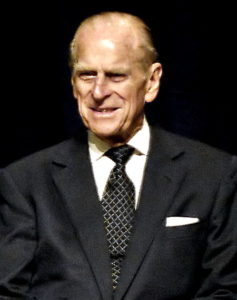
He began his life far away on the beautiful Greek island of Corfu where he was born on 10th June 1921. The son of Prince Andrew of Greece and Denmark, he was related to European royal families on both sides of his family: his mother was Princess Alice of Battenberg, a great-granddaughter of Queen Victoria.
Philip was blue-blooded to the core and in the line of succession for both the thrones of Greece and Denmark.
However not long after Philip was born, the impact of the Greco-Turkish war had enormous ramifications for the royal family.
After the Turks made significant headway against the Greeks, King Constantine I was blamed and forced to abdicate whilst Prince Andrew, Philip’s father was arrested by the new military government.
With political events now posing a threat to the lives of the royals in Greece, in December 1922 Prince Andrew was banished and his family forced into exile.
With no future left for them in Greece, the family were forced to leave with the help of the British HMS Calypso, carrying baby Philip in a makeshift fruit box cot as they fled.
They settled in France where Philip was enrolled in a school in Paris before travelling to Britain to stay with his uncle, George Mountbatten.
In 1933 he was sent to another school in Germany, however the rise of Nazism forced the school’s founder Kurt Hahn to flee to Britain where he founded Gordonstoun School in Scotland. It was here that Philip would grow into a young man and receive a well-rounded disciplined education that would leave a life-long impression on him.
By the age of eighteen he had joined the British Royal Navy, around the same time as war was brewing on the horizon.
With his family now forced into a nomadic lifestyle, Philip would have very little contact with his parents and siblings. His mother sadly had suffered from deteriorating mental health and was diagnosed with schizophrenia and placed in an institution.
Meanwhile, his father went to live in Monte Carlo with his mistress, whilst Philip’s four sisters would settle in Germany into their new lives, married to German princes.
With Philip now based in Britain and his sisters married to members of the German aristocracy, the division would sadly be forced to grow even further as the outbreak of the Second World War forced Philip and his sisters into opposing camps.
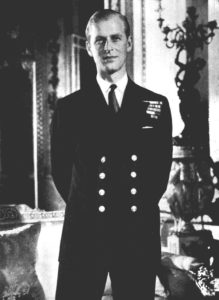
After living with his mother in Athens for a month, Philip resumed his duties with the Royal Navy and graduated the following year just in time to participate in the Second World War. During this time he would serve in the Navy, spending time as a midshipman and being posted on board HMS Ramillies as well as HMS Kent and HMS Ceylon.
Meanwhile, his brothers-in-law were to become the enemy, as they fought for Germany as top ranking members of the Nazi party.
By October 1940, Greece had been invaded by Italy and Philip found himself on HMS Valiant in the Mediterranean. He would serve throughout the war and as he did so, climb the ranks first as a sub-lieutenant and then as lieutenant in July 1942.
He was also mentioned in dispatches for his participation in the Battle of Cape Matapan, off the southern coast of the Peloponnesian Peninsula. The battle took place at the end of March in 1941 after the code-breakers at Bletchley Park had managed to intercept the Italian signals.
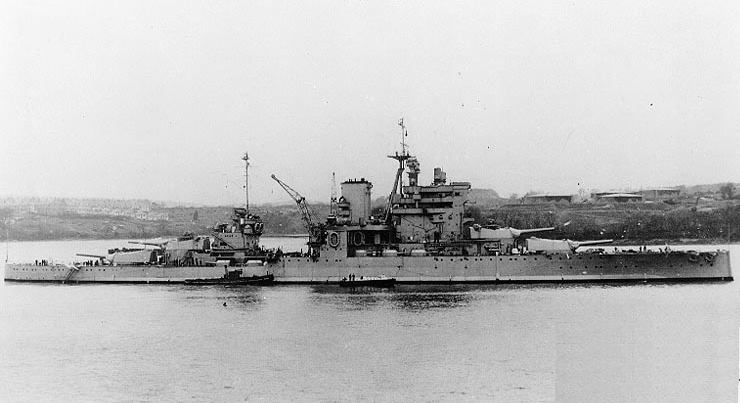
Young Philip’s role in the proceedings included being in command of the searchlights aboard the battleship Valiant. The Allied forces of the Royal Navy and the Australian Navy were able to intercept several of the Italian ships and in a matter of minutes two Italian destroyers had been sunk.
He was subsequently posted on HMS Wallace, serving as a first lieutenant at the age of just twenty-one. It was on board this ship that he participated in the invasion of Sicily in July 1943, playing a pivotal role in saving the ship during a bomber attack. His successful strategy involved launching a raft with smoke floats as a distraction which thankfully saved the ship from attack.
In the last year of the war he served aboard HMS Whelp, the ship on which he would return to Britain in January 1946.
After serving with distinction he returned to England to begin a new chapter in his life.
Back in 1939, before he had gone to war, young Philip had met with the royal family on the behest of his uncle Louis Mountbatten who had asked him to escort the two young princesses Elizabeth and Margaret.
It was this meeting, when Elizabeth was only thirteen years of age, which left a lasting impression on the young teenager.
Philip was attractive and good humoured and the pair would in time exchange correspondence with one another. Despite his royal lineage and dashing looks, this foreign exile was not everyone’s first choice, however it was clear to Elizabeth that she had met her match.
By the summer of 1946, Elizabeth was now twenty years of age and upon his return from the war Philip asked King George VI for his daughter’s hand in marriage.
The King subsequently agreed and plans were made for a formal engagement to take place when Elizabeth turned twenty-one the following year. In that time Philip gave up his Greek and Danish royal titles and took the Mountbatten surname from his matrilineal side whilst also becoming a British citizen.
On 10th July 1947 the public announcement of their engagement was made and on 20th November 1947 Princess Elizabeth married her prince charming Philip, now bestowed with the title Duke of Edinburgh.
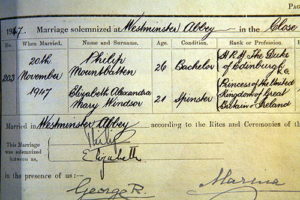
The ceremony took place in Westminster Abbey and was followed by audiences around the world. However most notably absent were his sisters whose Nazi connections prevented them from attending the wedding.
The pair then settled into married life in Clarence House and soon afterwards had their first two children, Prince Charles and Princess Anne.
The happy, handsome young couple then embarked on a tour of the Commonwealth however tragedy struck when they received news of King George’s death whilst they were in Kenya at the Sagana Lodge.
Upon hearing the news, the royal party returned to Britain where the now twenty-five-year old Elizabeth would assume her duty and inherit the throne. Philip would subsequently leave his active military service and fulfil his role as consort, an important position when the newly crowned Queen Elizabeth referred to him as having “Place, pre-eminence and precedence…next to her”.
As consort to the Queen and loving husband, Philip embraced the role and exceeded all expectations as he remained a constant in Elizabeth’s life, attending banquets, ceremonies and various tours alongside her.
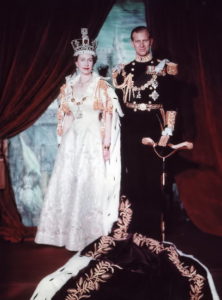
Moreover, he also devoted himself into a number of causes, none more so than the Duke of Edinburgh Award named after him, which gave young people the chance to build life skills, responsibility and self-reliance. This initiative would prove to be one of his biggest success stories, with millions of children across the world reaping the benefits from the programme.
During his lifetime Philip would find himself involved and a patron of around 800 organisations tackling a wide range of social, educational and environmental issues.
Since 1961 he served as the UK President of the World Wildlife Fund and was crucial in outlining the global impact of human behaviour in disturbing nature’s equilibrium. His identification of the climate and environmental issues was a cause that would later be championed by his son, Prince Charles.
With his enthusiastic manner he brought a modernity to the royal family which had been lacking, identifying important changes and embracing new methods in science and education.
During his time as consort he also supported his children in their endeavours and provided emotional support when needed, particularly noticeable when Prince Charles’s marriage to Diana was breaking down. Moreover, after the tragic death of Diana in 1997, Philip reportedly offered Prince William the encouragement he needed and support to be able to walk behind her coffin.
Philip’s role in his public and personal life was as an anchoring influence of support as well as much needed joviality when it was called for, as referenced by many people who encountered him.
Throughout his public service, Prince Philip was Queen Elizabeth’s main constant in her life, something which she herself noted in her public address on their golden wedding anniversary, referring to him as her “strength and stay”.
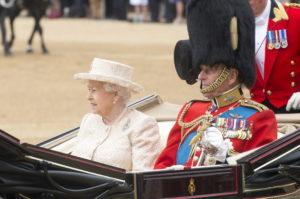
Theirs was a love story which lasted a lifetime, surviving great political changes, the disintegration of the Empire, social upheavals, media controversies and much more.
On 2nd August 2017 Prince Philip retired from public duties at the age of ninety-six, but would continue to offer his wife and growing family support, encouragement and much needed laughter in difficult times.
Philip was Britain’s longest serving consort: a much loved figure in his personal and public life, his sense of duty knew no bounds. After his unsettled beginnings he rose to become a significant figure, admired and liked by many. His duty to organisations, causes, communities and his family was undeniable but most notable perhaps was his duty as a husband, a loving confident for a young woman who took on the duties of queen with her best friend by her side.
He will be sadly missed.
Jessica Brain is a freelance writer specialising in history. Based in Kent and a lover of all things historical.
Published: April 12, 2021.
